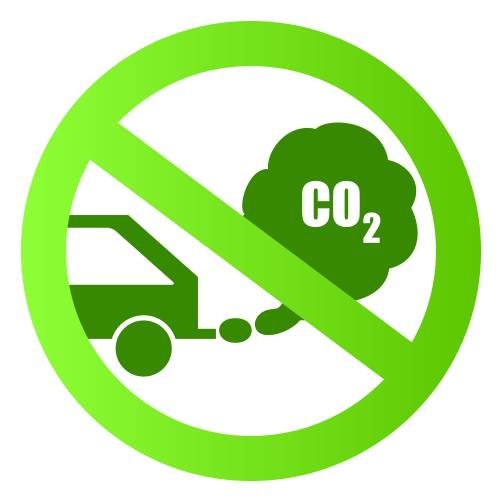Objectives of advanced green technologies
Advanced green technologies (AGTs) strive to address and counteract the adverse effects of human activities by employing safe chemical processes, spotless energies, and environmental monitoring. Their ultimate goal is to meet societal requirements and preserve natural resources by preventing their depletion or further damage. AGTs achieve this central purpose through the following methods:
- The objective of advanced green technologies is to recycle manufactured goods and products.
- Advanced green technologies aim to improve the behavior of human production and consumption, thus decreasing waste and pollution.
- Advanced green technologies aim to create economical models that can help implement and commercialize related innovations. This can be achieved by encouraging the creation of jobs and novel careers in the field.
Advanced green technologies for wastewater treatment
The objective of wastewater treatment is to remove contaminants and undesirable components from domestic, industrial and polluted waters so that it can be safely returned to the environment for drinking, irrigation, industrial, and other uses.
However, the conventional wastewater treatment technologies have become questionable due to increased ecological awareness and enhanced government regulation. As a result, advanced green technologies (AGTs) are tested, vetted, and implemented as clean alternatives for wastewater treatment purposes to fill the gap left by less than adequate conventional technologies.
The process of eco-friendly wastewater treatment generally involves several steps. Firstly, solids are separated from the liquid water through gravity as they are heavier than the liquid water. Solids that are less dense, such as oils and woods, may be removed from the water’s surface through separation. Following this, liquid wastewater is subjected to filtration processes to dispose of any colloidal suspensions of fine solids, chemical particulates, and impurities. The resulting filtered water is then exposed to oxidation to eliminate any remaining pollutants and disinfect the wastewater before releasing it to the environment.
Currently, a number of advanced wastewater treatment methods are being tested, either alone or in combination with other conventional methods.
● Electrowinning
Electrowinning involves passing a current between two electrodes (cathode and anode) immersed in an electrolyte solution. This process electro-extracts metals from their oxidized forms (dissolved cations) and deposits them on the cathode. Thus, heavy metals such as copper, nickel, silver, gold, cadmium, bismuth, cobalt, and others can be recovered from wastewater through electrowinning.

Image credit: https://emew.com/wp-content/uploads/2021/08/Screenshot-2021-08-17-114139.jpg
The AGT’s emew electrowinning, on the other hand, employs a strong circulating flow of electrolyte compared to the conventional electrowinning where the electrolytes in the bath are slowly circulated or entirely left stagnant. This results in increased deposition rates and the ability to recover metals down to very low concentrations by enhancing the diffusion of metal species to the cathode. By using the emew electrowinning technology in wastewater treatment, more metals are extracted, and cleaner water is achieved. The efficiency of metal removal as a function of time is shown in the diagram below, which compares the difference between conventional electrowinning and emew electrowinning.
● Electrocoagulation
The electrocoagulation AGT is a process that, similar to electrowinning, uses an electric current to remove contaminants from wastewater. This process is divided into three successive stages that lead to the removal of pollutant particles and the production of clear treated water that is suitable for discharge.
Firstly, when an electric current is applied, hydrated cations are produced at the sacrificial iron or aluminum anode. Secondly, these cations neutralize the charges of pollutant particles forming micro-flocculants which eventually destabilize into macroscopic flocs. Finally, these coagulated flocs can be easily separated from the water.
The overall mechanism of the AGT involves ionization, electrolysis, hydrolysis, and free-radical formation, modifying the physical and chemical properties of the wastewater. This leads to the net removal of pollutant species, resulting in clear treated water suitable for discharge.
Conclusions
This overview emphasizes the importance of eco-friendly wastewater treatment technologies in environmental remediation. As the world shifts towards clean alternatives for renewable energy and the recovery of resources from waste, these technologies hold great promise and potential.
About Author:

Alex Barshai holds a Bachelor of Science degree in Electrical Engineering, providing him with a strong technical foundation. With a background in aerospace, he has acquired extensive experience in the industry, contributing to the design, development, and implementation of innovative aerospace technologies. Leveraging his technical expertise, Alex has also excelled in management roles, specifically in the marketing and general management fields. He has successfully transitioned into the metal recovery sector, utilizing his knowledge and skills to promote sustainability in metal recovery, metal production, and industrial wastewater treatment.


